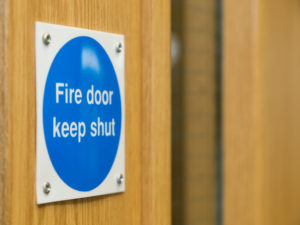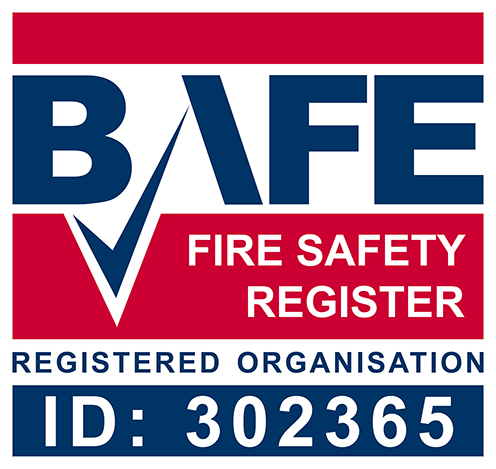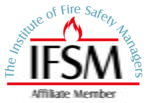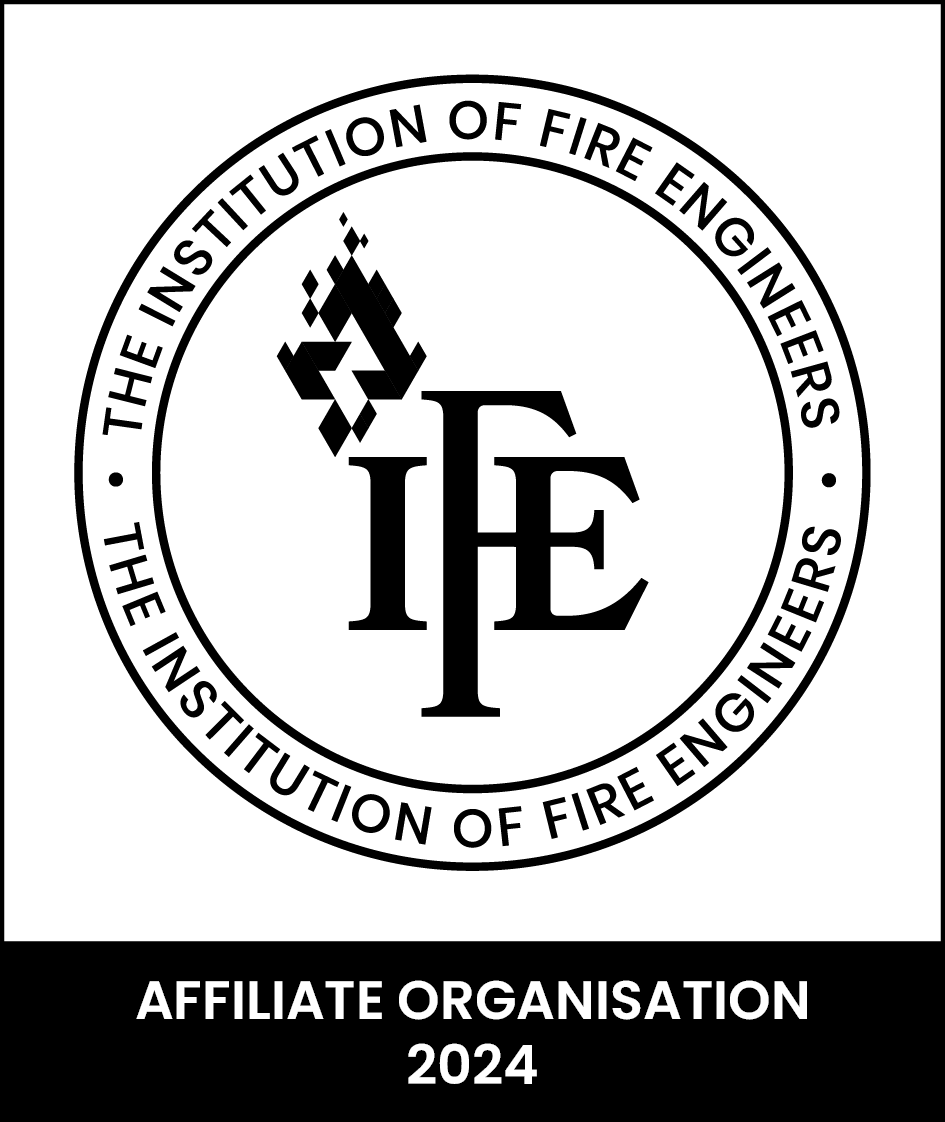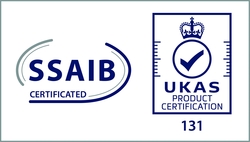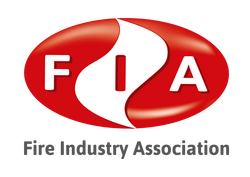Fire Doors are a vital component of any building’s passive fire protection system. As with any similar life-saving product, it is essential fire doors can perform as intended in the event of a fire. Any slight alteration to fire doors or its surroundings can affect the performance making regular inspections crucial for the safety of everyone in the building.
Fire Doors are put in place to act as a barrier to fire and smoke without causing delay to the movement of people. They’re designed to protect lives, the building, and firefighters in the course of their duty when tackling a fire in a building.
The Quick Answer?
- BS 9999 states that fire door checks should be carried out every 6 months
- New buildings may require more frequent checks in the first year of use as doors acclimatise
- Fire doors high traffic buildings are more susceptible to damage and should be checked more frequently – monthly checks could be carried out by on-site staff for basic things like fitment, damage and correct closure, with external inspections carried out periodically
Whilst building owners and the appointed responsible person for a property are liable for implementing and maintaining fire safety precautions, fire door inspections and subsequent maintenance must be completed by a competent person.
However, the responsible person should be in the habit of arranging for regular, simple visual checks to be carried out between inspections in case any problems occur.
Quick visual checks to look out for between inspections include:
- Obvious signs of damage to the fire door and frame including cracks and loose fittings
- There should be an even gap (3-4mm) around the door
- Seals must be correctly fitted and consistent around the sides and top
- Doors must open fully and close smoothly and fully flush to the frame
- Locks, latches, and lever handle mechanisms must all work properly
- Fixings and hinges should be fitted properly
Another important point to check on a fire door is the certification label. Usually located on the top of the door or below the bottom hinge, if it is damaged or has been painted over (or is missing), the certification is invalid.
If your fire door fails on any of the above points, no matter how minor, the effectiveness of the door is likely to be compromised.
It is important any problems are fixed correctly and quickly.
Regulations
In existing buildings, the Regulatory Reform (Fire safety) Order 2005 applies, and compliance is mandatory. Article 17 of the Order places an obligation on the ‘Responsible Person’ to ensure fire doors are ‘subject to a suitable system of maintenance and are maintained in an efficient state, in efficient working order and in good repair’.
Given that the employer, building operator, building owner or possible his agent has a legal duty to maintain fire doors in efficient working order, periodic inspection will be necessary, and this includes identifying the suitability of a door as a fire door.
Where a building is new or undergoing a change of use, fire doors should be certificated and conform to the latest standards – the local authority building inspector may request evidence of compliance.
It’s important to know that the authorities have the power to enforce the above legislation and, if breached, can prosecute or even close down the building.
Looking for a Fire Door Survey?
Our dedicated team of qualified, certified, and experienced fire door inspectors are on hand to ensure your fire doors are in safe working order.
Our reports include a full list of recommendations and photographs for every single issue as standard. All data is recorded on our risk management software where you can actively manage reports and action any risks for your property.
More information about our Fire Door Inspections can be found here. Interested is Fire Door Training? Details Here: Fire Door Inspection Course
Not sure where to start?
Speak to our teamKey accreditations
We’re on a mission to mitigate risk by pioneering new standards in competence and technology to protect more buildings and people. Maintaining our key accreditations are just one of the ways we do this.

